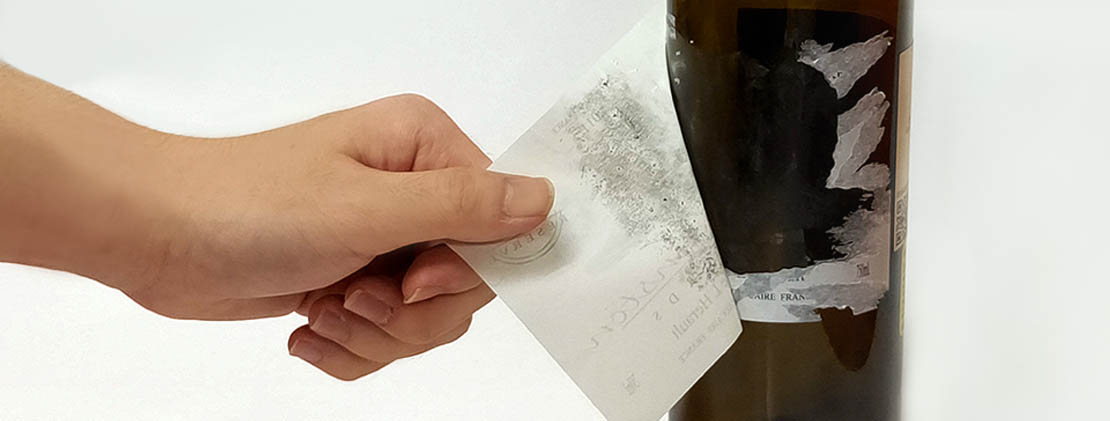
GLUE RESIDUES FROM LABELS & STICKERS, HOW TO REMOVE THEM
Article by Nicholas. Updated August 10, 2020
Barcode labels, price tags, stickers, and decals that are attached to products provide great information about them, but they are rather disobedient when there is a need to remove them. If you're lucky, they can be peeled off easily but if you're not, they leave an adhesive residue on the product which sticks to anything that comes in contact. Usually, most of us would insert heat and friction to the residue by rubbing it off using our finger but however, it gets REALLY irritating when that does not work as well. The worst case is that your finger becomes sticky too. Moreover, excessive heat and friction may damage the material underneath. How exactly do we remove the glue residues from products?
I. REMOVING GLUE RESIDUE OFF HARD SURFACES
Scrape off as much glue as you can. First, peel off large sticker bits and glue that have been left on the surface gently. Ideally, a utility knife is recommended for the scrape off, but you may also use a ruler, or a credit card. The peel-off is most effective when you position the scraper at a 45-degree angle to the surface. As you peel, stop once in a while to clean the scraper's edge as glue may be stuck onto it. Be cautious when you use a sharp scraper because it could scratch and damage your product's surface.

Caution: Please skip this step if you are trying to remove the leftover adhesive from a fragile surface such as book or paper.
In order to tackle the remaining glue residue, you have to use an alcohol-based substance or oil-based solvent. An alcohol-based substance is effective in drying out the glue residue for easier removal while an oil-based solvent provides the ease to remove the residue by lubricating the surface. Alcohol and sticker removers have been most successful in removing the unwanted residues. However, if you use a product and it does not work, there are always other alternatives. These alternatives include:
- Beauty products, such as hand lotion, hair spray, perfume, non-acetone nail polish, nail polish remover.
- Oil-based foods, such as peanut butter, mayonnaise (few hours to work), margarine.
- Vegetable oil & tea tree oil.
- Household products, such as paint thinner, petroleum jelly, lighter fluid, kerosene.
- Art gum eraser for ONLY paper products.
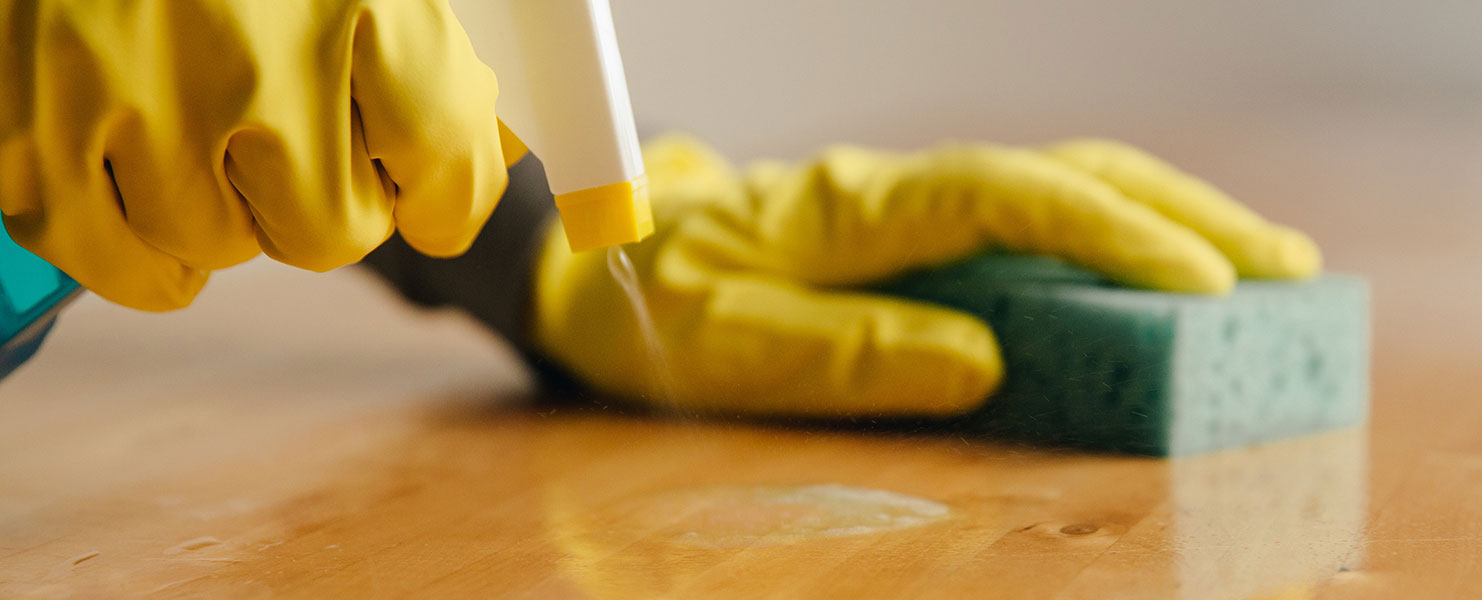
The next and final step is clean up. After applying the removal agent of your choosing, apply some cleaning agent on the adhesive area with a clean cloth or a cotton ball. It should be done for at least ten minutes. However, if you're using mayonnaise or vinegar as your removal agent, then let the cleaning agent sit on the affected portion for several hours instead.
Reminder: To remove adhesive residue from books and paper products, use an eraser instead to rub it off gently.
When the glue adhesive and label bits are removed, use a clean tower to wipe them away.
We're almost there! Hang on!
You have to clean the excess cleaning product that you used too. This is done by wiping the area with clean cloth and hot, soapy water. Give it a rinse with plain water afterwards. Your product should then be sparkling clean and free of adhesive.
II. REMOVING GLUE RESIDUE OFF FABRICS
First, try peeling off the sticker as much as you can on the fabrics using your fingers. If there are any sticker bits and adhesive left, use scotch tape to remove more. Scotch tape is highly recommended because it is less heavy duty unlike duct tape that could adhere to the fabrics. The adhesion leads to pilling, warping and damage to the fabric.
Reminder: Do not put fabric in a dryer because it will solidify the adhesive, making it harder to remove.
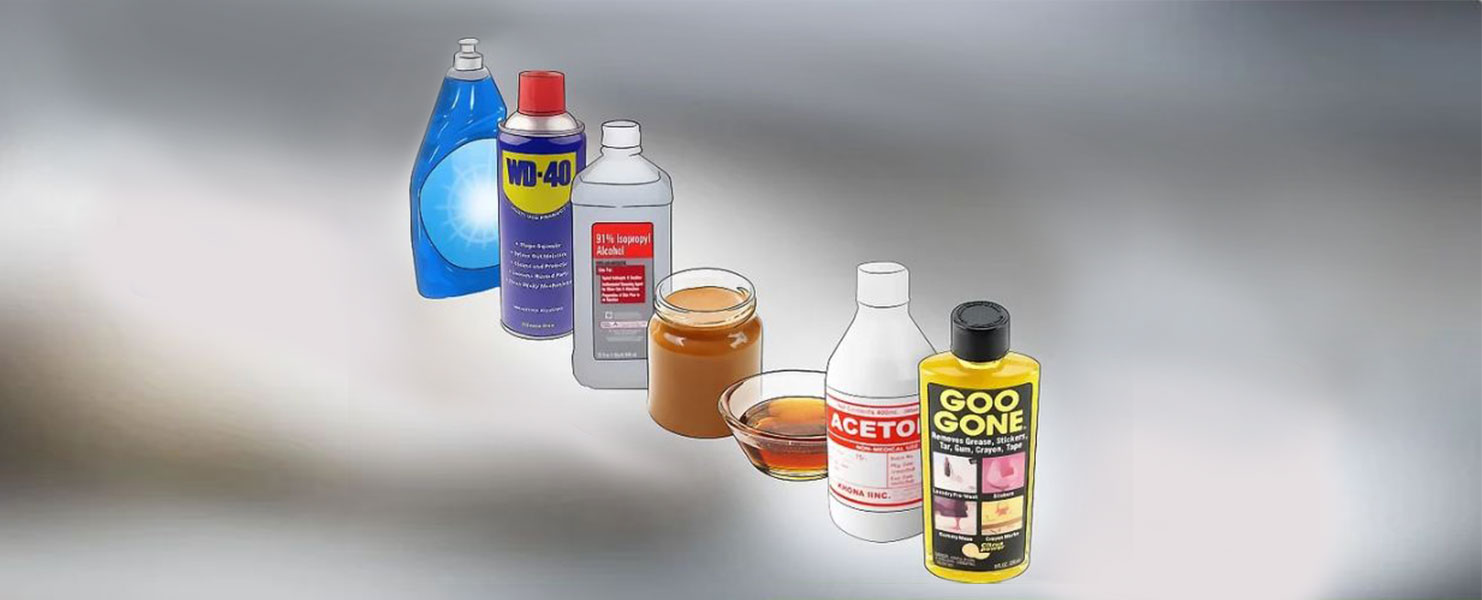
Of course, peeling off the sticker and using scotch tape do not entirely the sticker or label off the fabrics because glue residue exists. To remove it, you will need an oil-based removal agent. Note that you only perform this step on fabrics that can be laundered either by hand or in the machine afterward. Conduct a spot test on an unnoticeable area before using the product on the adhesive. As I have mentioned before, there is always another alternative if one does not work. For clothing, removal agents include:
- Rubbing alcohol
- Dish soap
- Peanut butter - Its fat content works extremely well in dissolving sticker adhesive. Just smear a thick layer across the sticker, let it sit for an hour and witness its magic!
- Crystal wash - A technology that uses earth's bio ceramics to clean your clothes as effectively as laundry detergent. It is more environmental-friendly and gentle on your fabrics.
- WD-40 - This famous lubricant is known for protecting metal from rust, but its formula is effective against glue adhesive.
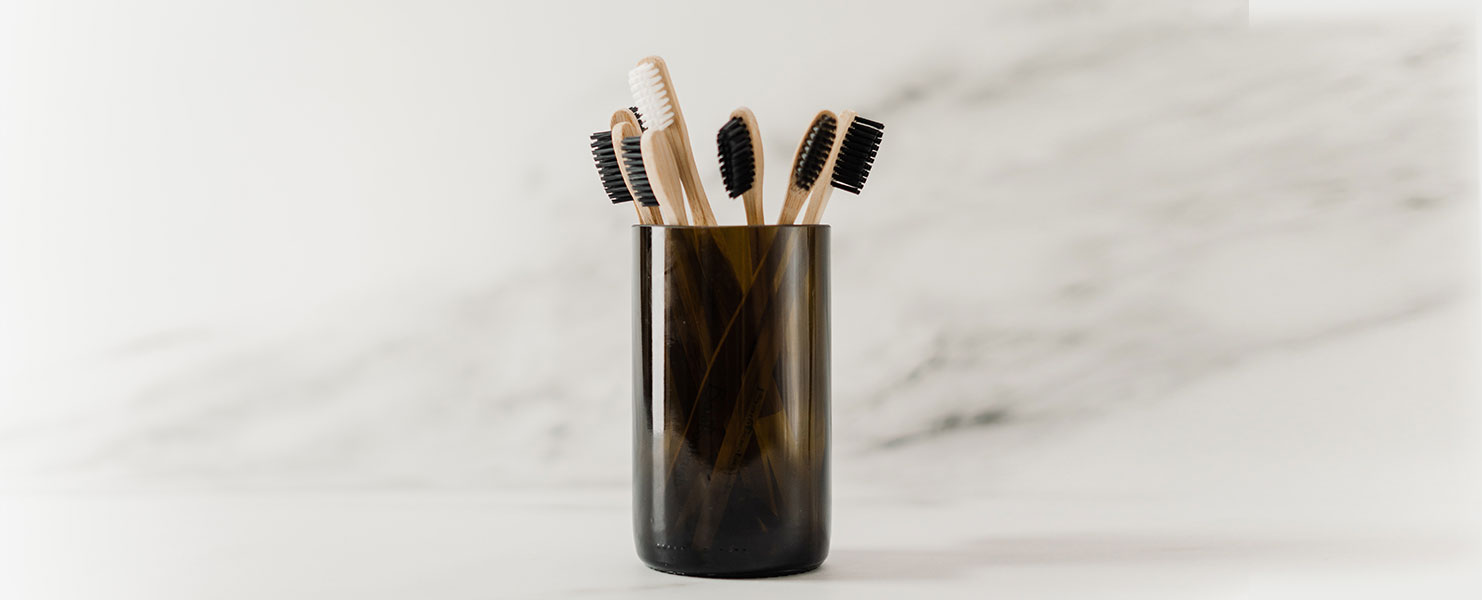
Next, use your fingers to massage the removal agent into the glue residue. Do it for few minutes until you feel the loosening of the adhesive. For 'not-so-obedient' marks, you can use a soft toothbrush instead. When the glue loosens, wipe it off with a clean cloth and make sure to keep the cleaner concentrated at the residue spot. If you have fabrics that cannot be laundered, like upholstery, saturate a clean cloth with nail polish remover and lay it over the affected area to let it rest. After a few minutes, rub the spot with the cloth gently to loosen and get rid of the adhesive. Use clean cloth and water to remove any excess cleaner.
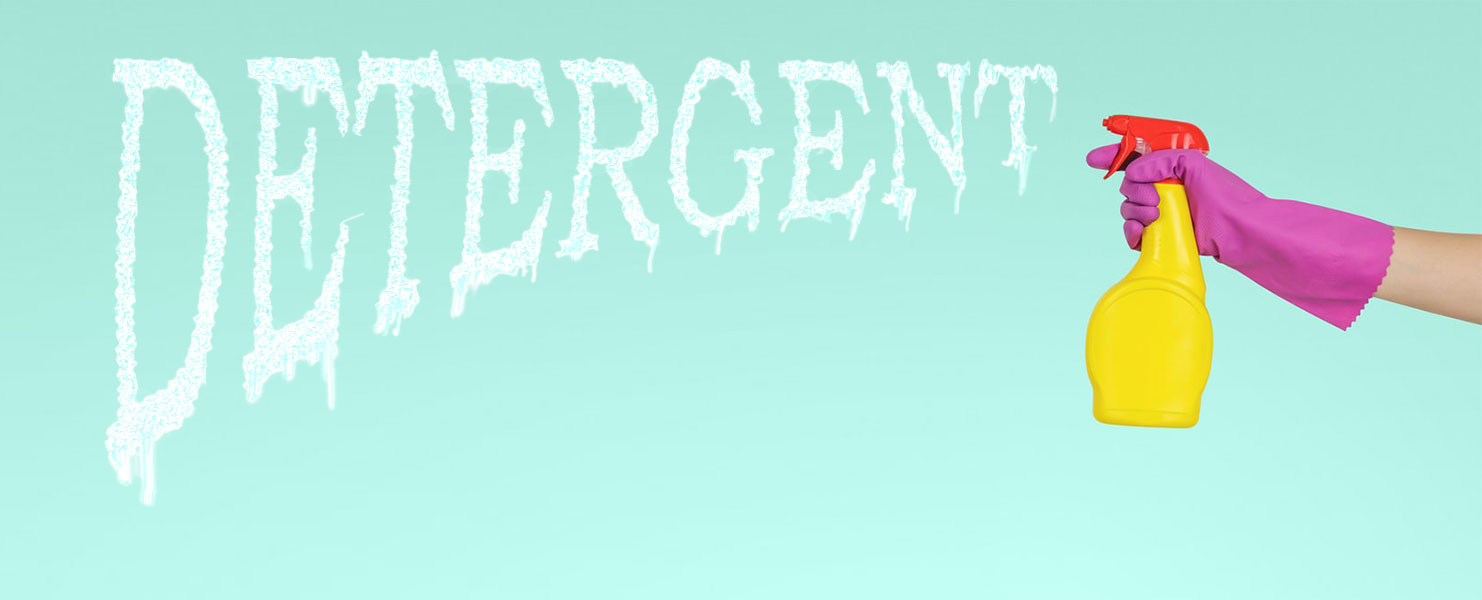
I am sure you are wondering that if we use an oil-based cleaning product to remove the glue residue, won't it leave a stain on our fabric? The answer is yes. For this, we need to treat the affected area with a stain remover. Stain remover like laundry detergent is effective in cutting through the oil-based cleaning product due to its "grease-fighting" feature. Let the detergent sit on the stained spot for at least 10 minutes. The stain should then be removed completely.
Of course, everything need cleaning. The last step is to launder your fabric. You can either machine wash or hand wash the fabric, according to the instructions shown on the care label.
Remember! Please do not place the clothing in the dryer until you are certain that the adhesive has been completely removed.